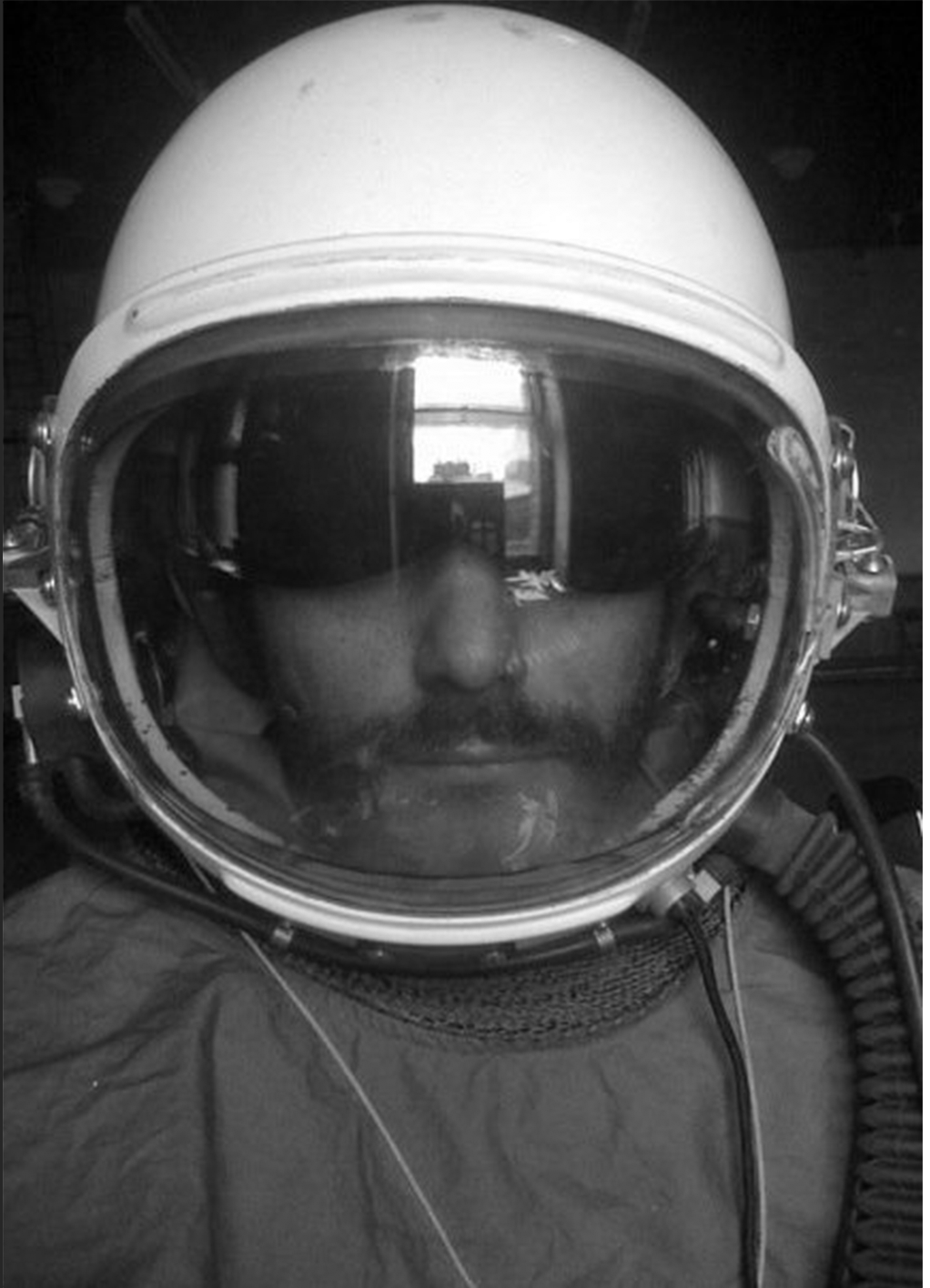Christopher Lansell is a multidisciplinary scientist and artist from Melbourne Australia
During his postgraduate year at Melbourne University, while researching neural coding of the auditory cortex for the Bionic Ear, he had an overwhelming epiphany: he sensed a calling to use art as a means to increase global scientific literacy, and communicate the sublime awe of the Universe. Unquestionably, his background in sciences has shaped his sui generis approach to the art world.
Chris’ ultimate goal as an artist is to penetrate the minds of others, facilitating a wordless, transcendent connection between creator and viewer. Each unique art piece is designed to trigger cascades of neurological firings; re-sculpting receptive minds on a neurological level.
Chris believes art’s value lies not in its price tag but in its power to transport the viewer to a higher state of consciousness; an attuned awareness to a singular subject or issue relating to our world.
Humans are not mere individuals; we are one network: a global community. To Chris, the human global brain has immense potential, yet it is still emerging from its nascent stage; caught in a childlike way of thinking. He strongly feels that humanity needs to mature into a wiser species whose collective mindset is symbiotically suited to life in our planetary system.
Chris believes that with the right collaborative partnerships, many of the ideas he is putting forth can induce the required evolutionary change needed to induce this urgently needed maturation of the global mind.
Chris’ creative process is distinctive: every day he mediates that his mind is on the Moon. From this distant vantage point he is able to gaze back at our fragile blue home; a precious jewel floating in the depths of space. Planet Earth is Chris’ muse; and his unique artworks have the power to help humanity heal her.
Artworks to date
Christopher Lansell’s first major artwork is now the largest on the planet. A to-scale model of the Solar System built on a one-to-one billion ratio, with the nearest star included, Proxima Centauri, it essentially wraps completely around the entirety of our home planet Earth.
